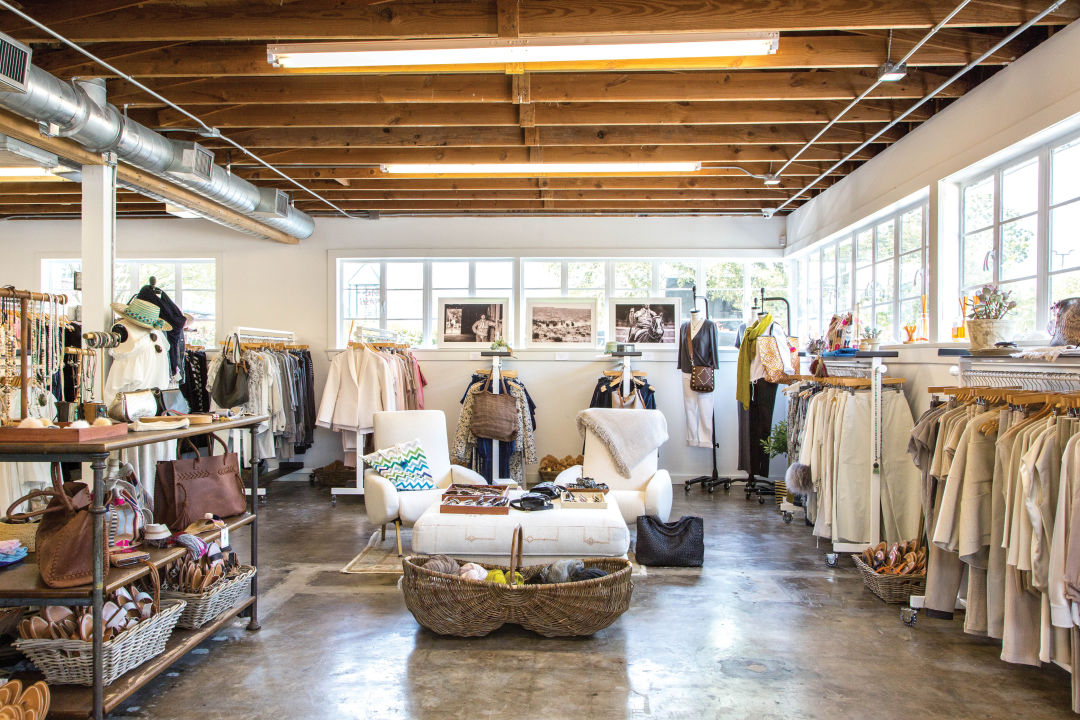Introducing the Tricks Behind Inexpensive Boutique Fashion
A Deep Dive Into the World of High-Fashion Runways: Comprehending Apparel as Art
Designers, much like masterful artists, weave intricate stories via shade, textile, and form, challenging traditional standards and redefining elegance criteria. As we discover these sartorial spectacles, we must contemplate: what role does fashion play in forming societal worths, and exactly how does it show the ever-changing tapestry of human feeling and identity?
The Advancement of Runway Reveals
The trajectory of path shows has actually transformed substantially over the years, advancing from special market occasions to fascinating spectacles that blend fashion with art. Commonly, runway shows made love events, held in ateliers or little places, largely gone to by customers and sector experts. These very early presentations concentrated on the garments' workmanship and commercial feasibility, offering a straight and useful screen of seasonal collections.
As the fashion sector broadened, the nature of runway programs started to alter. The 1970s and 1980s marked a turning factor, with designers looking for to differentiate themselves via even more theatrical discussions.
Recently, innovation and social media have better changed path programs, making them easily accessible to a global audience. Livestreaming and digital platforms have equalized style, permitting lovers worldwide to witness these events in real-time (boutique fashion). This development shows a broader cultural shift, where high-fashion runways work as a dynamic junction of technology, performance, and style
Designers as Dreamer Artists
Developers in the high-fashion sector have blurred the lines in between functional garment development and the conceptual realm of art. By embracing imaginative self-controls such as sculpture, paint, and progressive setups, designers craft garments that challenge typical fashion norms and raise them to art forms.
Visionary designers draw ideas from a myriad of resources, consisting of abstract art, historic references, and personal narratives. They possess an unique capability to envision and appear concepts that push the boundaries of conventional fashion, usually redefining aesthetic paradigms in the process. This innovative ingenuity is showcased via remarkable silhouettes, cutting-edge products, and complex craftsmanship, which welcome audiences to experience fashion as even more than just wearable things.
Additionally, the runway functions as a canvas for these artists, where illumination, songs, and set style coalesce to develop immersive experiences. These presentations are not just displays of clothing but are coordinated performances that evoke emotion and provoke idea, verifying the developer's role as a true artist in the modern cultural landscape.
Social Impacts in Style
Social tapestry weaves its intricate patterns right into the textile of style, influencing developers around the world. The vibrant interchange of social tales, traditions, and signs educates and motivates collections that elegance high-fashion paths. Designers meticulously attract from their heritage or involve with societies unique from their very own, crafting garments that function as aesthetic narratives. This cultural discussion not just improves the visual variety but also promotes a much deeper understanding and appreciation of global identities.
The impact of culture on style is typically seen in the reinterpretation of conventional garments and patterns. As an example, making use why not try this out of Japanese robes, Indian saris, or African prints in modern fashion shows a mix of cultural credibility and modern aesthetic appeals. Designers such as Valentino's Pierpaolo Piccioli and Alexander McQueen's Sarah Burton have been understood to include abundant cultural themes into their couture collections, converting history into wearable art.

Innovation in Fabric and Layout
Advancement in fabric and layout continually improves the landscape of high-fashion, pushing limits and redefining possibilities. Developers are progressively exploring the integration of technology, such as 3D printing, which permits for the production of complicated structures that were formerly unimaginable.
Furthermore, sustainability has actually become a pivotal motif in textile advancement. The apparel industry is find out witnessing a surge in making use of eco-friendly materials, obtained from recycled plastics, organic fibers, and even eco-friendly parts. These advancements look these up not just provide brand-new appearances and appearances but likewise address crucial environmental worries. Developers are embracing these products to craft garments that are both aesthetically striking and mindful of their eco-friendly impact.
In regards to layout, progressive shapes and speculative kinds are continuously transforming the runway. By incorporating sophisticated techniques and unique materials, developers cultivate garments that blur the line in between fashion and art, setting brand-new criteria for creativity and expression in the high-fashion sphere.
Impact of Style on Culture
Fashion possesses a profound influence on society, serving as both a representation of social identification and a driver for social change (boutique fashion). Via its evolution, style has mirrored social changes, enveloping the zeitgeist of numerous eras.
Additionally, style has the power to bridge social spaces, fostering understanding and appreciation amongst varied groups. As globalisation accelerates, the cross-cultural exchange of style concepts comes to be increasingly substantial, promoting inclusivity and diversity. The surge of streetwear, stemming from city subcultures, shows how fashion can go beyond socio-economic borders, granting individuals a means of self-expression and empowerment.
Basically, fashion is not merely about aesthetic appeals; it is a dynamic pressure that affects worths, perspectives, and societal development (boutique fashion). By continually engaging with social and social currents, fashion stays an integral component of the collective human experience

Verdict
Developers, comparable to visionary musicians, coordinate collections that mirror identity, emotion, and cultural narratives, challenging typical aesthetics. This intersection of fashion and artistry not just captivates target markets worldwide however likewise influences societal understandings and advertises a deeper appreciation for cultural diversity.

Cultural tapestry weaves its detailed patterns into the fabric of fashion, influencing developers around the world.Fashion wields a profound influence on culture, offering as both a representation of social identity and a catalyst for social modification.